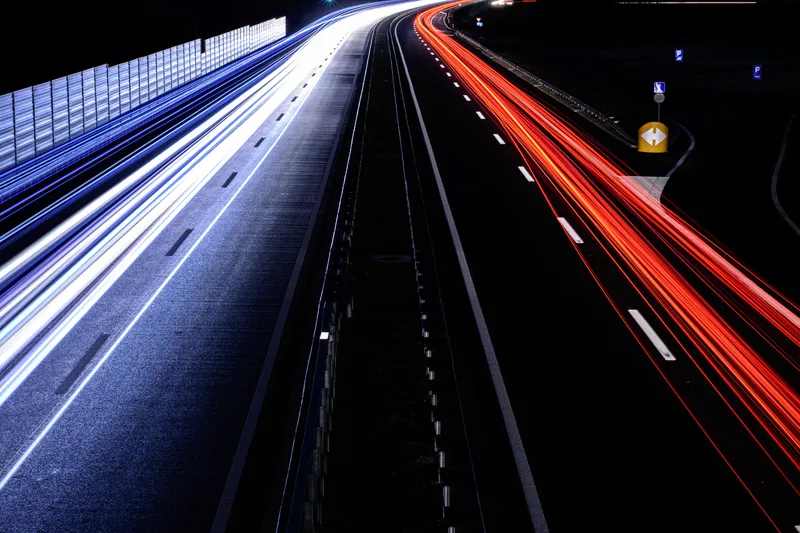
Along with many others on planet Earth, I have been captivated by the amazing images of Pluto’s surface captured by NASA’s New Horizons spacecraft and sent back across some 4.3 billion kilometres (2.7bn miles) of space. The capture and transmission of such detailed images highlights the progress in the whole area of satellite technology and prompts the mind to contemplate the potential that the increasing number of earth-orbiting satellites could hold for the transport sector.
As this issue of ITS International illustrates, satellite technology is already influencing the ITS sector – as exemplified by Slovakia’s truck tolling system which covers 40% of its roads, divides them into 4,000 segments and was set up in under a year. Compared with traditional tolling systems that require large infrastructure investments, satellite-based systems are quick, easy and relatively cheap to deploy and are also extremely flexible.
This combination of flexibility and low capital investment (at ground level at least) and the ability to uphold the ‘user pays’ principle, opens up opportunities for cash-strapped national and regional authorities.
Authorities could use the technology to implement vehicle tolling while also mitigating the disincentives suffered by rural communities and the regressive effect of fuel taxes on less well-off households with older and less fuel-efficient cars. They would have the means to tailor toll charges to suit the myriad of road and vehicle types as well as the location (urban/congestion charge or rural) and time of day/day of the week and so on.
Furthermore, satellite technology can contend with cross-border journeys without interoperability problems and even accommodate a number of motorists’ profiles - for instance a doctor on a call-out or driving their car for private use.
If thoughtfully implemented with the appropriate privacy safeguards (possibly a prepay card in the onboard unit making ‘tracking’ unnecessary) a satellite-based system could overcome many of the public’s objections to tolling. And if used in place of (rather than in addition to) existing taxes, licences or fees, objections to tolling existing roads could even be silenced. Public approval would then come down to a matter of setting the appropriate toll charges.
Will a national or state authority have to courage to ‘boldly go’ where no authority has gone before?
Yes – eventually; because funding shortfalls will force such implementations.










